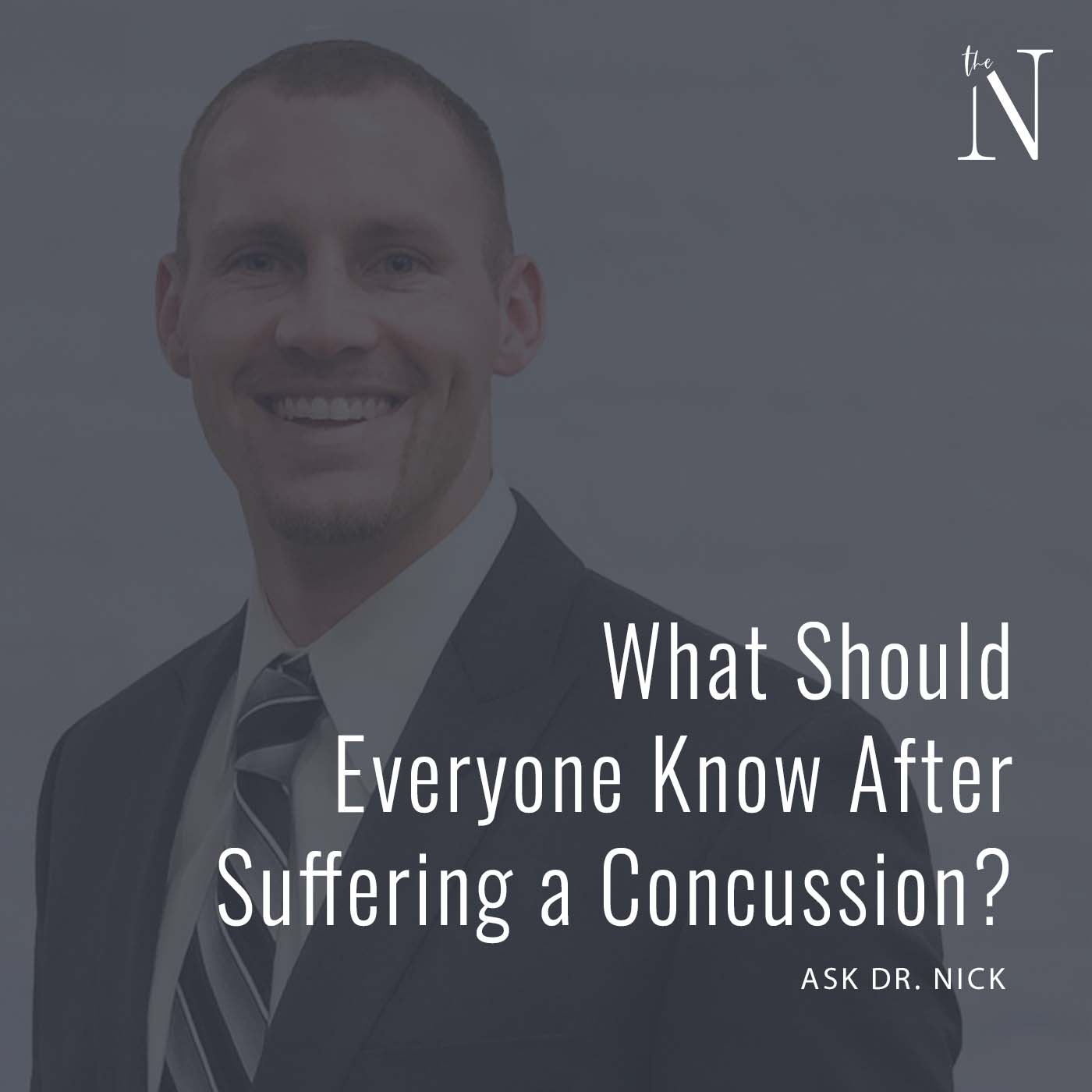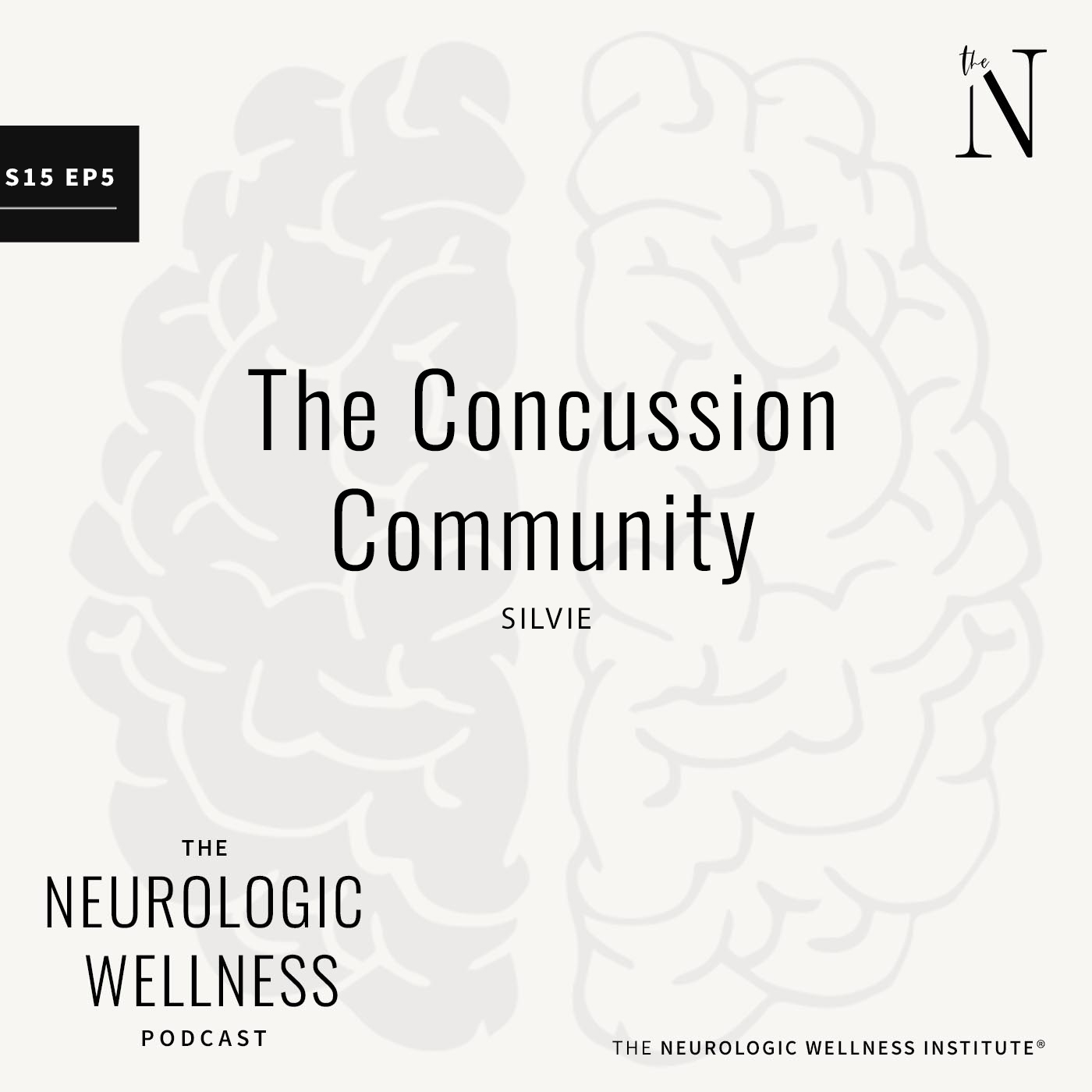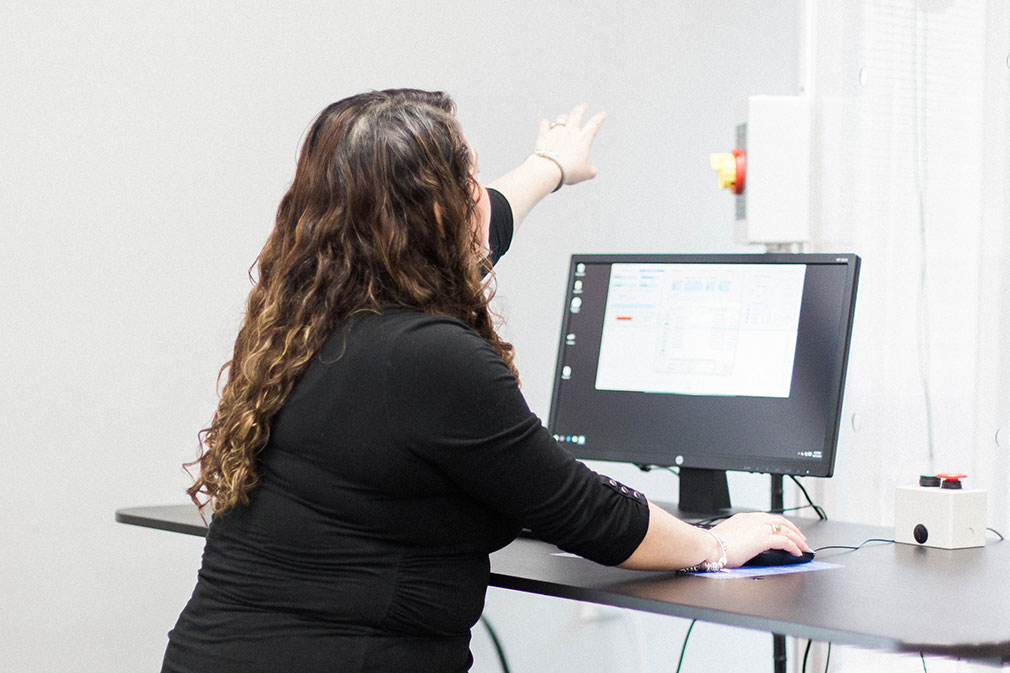 Rest has been the mainstay of the treatment for concussion. This is due to research based on animal physiological concussion studies suggesting that the concussed human brain is in a vulnerable state that places it at an increased risk of more debilitating injury should it sustain more trauma or experience undue stress before the metabolic balance has been restored. This vulnerable state can be inferred to exist in humans after concussion from the rare but devastating (and controversial) phenomenon of second impact syndrome, from data that concussion risk increases after having had one or more concussions and from retrospective data suggesting that high levels of physical and/or cognitive activity soon after concussion delay recovery.
Rest has been the mainstay of the treatment for concussion. This is due to research based on animal physiological concussion studies suggesting that the concussed human brain is in a vulnerable state that places it at an increased risk of more debilitating injury should it sustain more trauma or experience undue stress before the metabolic balance has been restored. This vulnerable state can be inferred to exist in humans after concussion from the rare but devastating (and controversial) phenomenon of second impact syndrome, from data that concussion risk increases after having had one or more concussions and from retrospective data suggesting that high levels of physical and/or cognitive activity soon after concussion delay recovery.
Long-term rest/immobility has been shown to have negative impacts on human health, and the appropriateness of long-term rest after a concussion has been questioned as to the preferred treatment after a concussion. The old-school thought of rest until asymptomatic is slowly disappearing. The most recent concussion guidelines have recommended only an initial period of rest of 24-48 hours before reintroducing a gradual return to school and social activities that do not result in significant exacerbation of symptoms.
What is a concussion?
-A concussion is a brain injury that involves a complex pathophysiological process induced by biomechanical forces.
-This complex pathophysiological process includes metabolic, physiological, and microstructural injury to the brain that produces excitatory neurotransmitter release, abnormal ion fluxes, increased glucose metabolism, lactic acid accumulation, and inflammation.
-The macrophysiological insult to the brain affects the autonomic nervous system (ANS) and its control of both cerebral blood flow (CBF) and rhythm of the heart.
-The majority (75%–90%) of sports-related concussions (SRC) in adults resolve in a short (7–10 days) period, although the recovery time frame may be longer in children and adolescents.
-Recent research that accounts for vestibular-oculomotor problems that often accompany SRC suggests that recovery time for adolescents after SRC may take 3 to 4 weeks, which is longer than the commonly reported 7 to 14 days.
What is Post-Concussion Syndrome?
In some cases, concussion symptoms are prolonged. Persistence of symptoms beyond the generally accepted time frame for recovery is called “post-concussion syndrome.”
-PCS is not a single pathophysiological entity. It is a term used to describe a constellation of nonspecific symptoms (eg, headache, fatigue, sleep disturbance, vertigo, irritability, anxiety, depression, apathy, and difficulty with concentration and exercise) that are linked to several possible causes that do not necessarily reflect an ongoing injury to the brain.
-The differential diagnosis of PCS includes depression, somatization, chronic fatigue, chronic pain, cervical injury, vestibular dysfunction, ocular dysfunction, or some combination of these conditions.
-The challenge for clinicians is to determine whether prolonged symptoms after concussion reflect a prolonged version of the concussion pathophysiology versus a manifestation of a secondary process such as premorbid clinical depression, a cervical injury, or migraine headaches.
Rest for Concussion Treatment
The most recent concussion guidelines recommend 24-48 hours of rest after a concussion. This is because symptoms can increase with cognitive and physical exertion shortly after a concussion and possibly delay recovery. It is clear that some rest, both physical and cognitive, is beneficial to allow the brain to recovery after a concussion, however, too much rest may have negative consequences and lead to a prolonged recovery.
Abnormal control of the brain’s blood flow is a fundamental property after a concussion. Physical inactivity has been shown to further impair cerebral blood flow control, whereas regular physical activity enhances the brain’s ability to regulate its own blood flow regulation.
Exercise intolerance is a sign of ongoing physiological dysregulation after a concussion. Exercise intolerance is thought to be a result of abnormally elevated blood flow in the brain during physical exercise. Research has shown that sub-threshold aerobic exercise has restored control of cerebral blood flow and resolved symptoms of post-concussion syndrome allowing for a safe and full return to exercise with no symptoms.
Studies of interventions to specifically improve cognition have been shown to be successful. Neurocognitive rehabilitation uses cognitive tasks to improve cognitive processes, or it may involve developing compensatory strategies to address difficulties with aspects of cognition, such as attention, memory, and executive functioning.
Can a Neck Injury Cause Concussion-Like Symptoms?
Injuries to the neck may occur during a concussion. The upper part of the neck is extremely vulnerable to trauma because it is the most mobile part of the whole spine with a complex set of nervous system connections to the visual system and the vestibular system of the brain. Research supports that concussion-like symptoms do not require any injury to the brain and can come exclusively from injury to the neck. Symptoms of headache, dizziness, poor concentration and memory, and vertigo may result from a brain injury, a neck injury, or a combination of the two.
Research using athletes with persistent symptoms of dizziness, neck pain, and headaches after a concussion has shown that a course of combined cervical spine manual therapy, neuromotor retraining, sensorimotor retraining, and vestibular physiotherapy produced functional and symptomatic improvements in all participants. This intervention also resulted in an increasing percentage of athletes being cleared to return to sport within 8 weeks of initiating treatment. Therefore, it is thought that neck and vestibular therapy can improve symptoms in patients suffering from post-concussion syndrome.
Can an Injury to my Vestibular System Cause Concussion-Like Symptoms?
Vestibular dysfunction is very common after a concussion. The vestibular system is responsible for integrating information from head movements and limb position to maintain visual and balance control. It is a complex network that includes the inner ear, brainstem, cerebellum, cerebral cortex, ocular system, and postural muscles.
There are 2 basic divisions: the vestibulo-ocular system, which maintains visual stability during head movements, and the vestibulospinal system, which is responsible for postural control. Injury or disease of the vestibulo-ocular system commonly manifests as symptoms of dizziness and visual instability. Conversely, vestibulospinal system dysfunction interferes with balance. Dizziness, which may represent an underlying impairment of the vestibular and/ or eye movement systems, is reported by 50% of concussed athletes and is associated with 6.4 times greater risk, relative to any other on-field symptom, for predicting prolonged recovery (ie, >21 days).
How are Eye Movements Related to Concussion and Concussion Symptoms
The cognitive control of eye movements requires pathways involving large areas of the brain, many of which are particularly vulnerable to concussion. Common findings after a concussion are the brains:
-Inability to properly move the eyes quickly from one target to another (saccade)
-Inability to properly follow a target smoothly both horizontally and vertically (smooth pursuit)
-Inability to properly follow a target when it moves towards and away from the nose (convergence/divergence)
-Improper control of reflexive eye-head movements
Symptoms of eye movement disorders are double vision, blurry vision, headaches, and difficulty reading. Eye movement exercises/training have been shown to improve post-concussion syndrome in patients with visual symptoms.
Conclusion
Traditionally, patients have been advised to restrict physical and cognitive activity after a concussion until all symptoms resolve. Recent research, however, suggests that prolonged rest beyond the first couple of days after a concussion might hinder rather than aid recovery and that a more active approach to concussion management should be considered.
New research suggests that patients after a concussion can safely engage in the controlled physical activity below the symptom threshold and that controlled activity may even be beneficial to recovery. Practitioners should always take a careful history and perform a physical examination in patients with concussion and in those with delayed recovery to try to identify one or more potentially treatable post-concussion disorders.
Several active treatments (eg, subthreshold aerobic exercise, cervical, vestibular, cognitive-behavioral, and/or vision therapy) may improve recovery from a concussion if they are implemented at the right time. Subsymptom threshold aerobic exercise improves activity tolerance and is an appropriate treatment option for patients with prolonged symptoms after concussion.
For more information on the type of conditions, our clinicians help with, schedule a consult with one of our patient care coordinators.
Active Rehabilitation of Concussion and Post-Concussion Syndrome. Leddy, Baker, Willer. Physical Medicine and Rehabilitation Clinics of North America. 2016.




